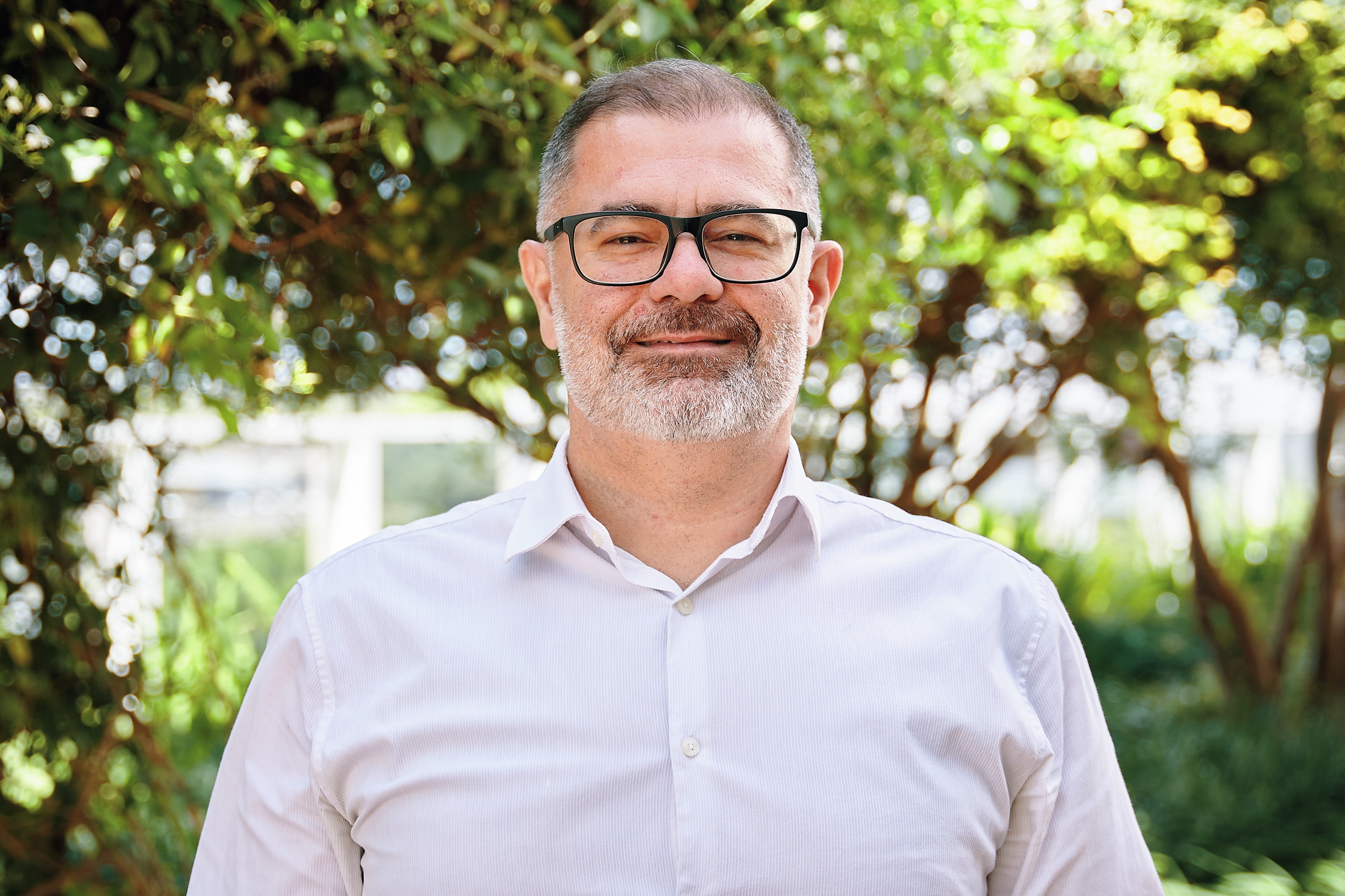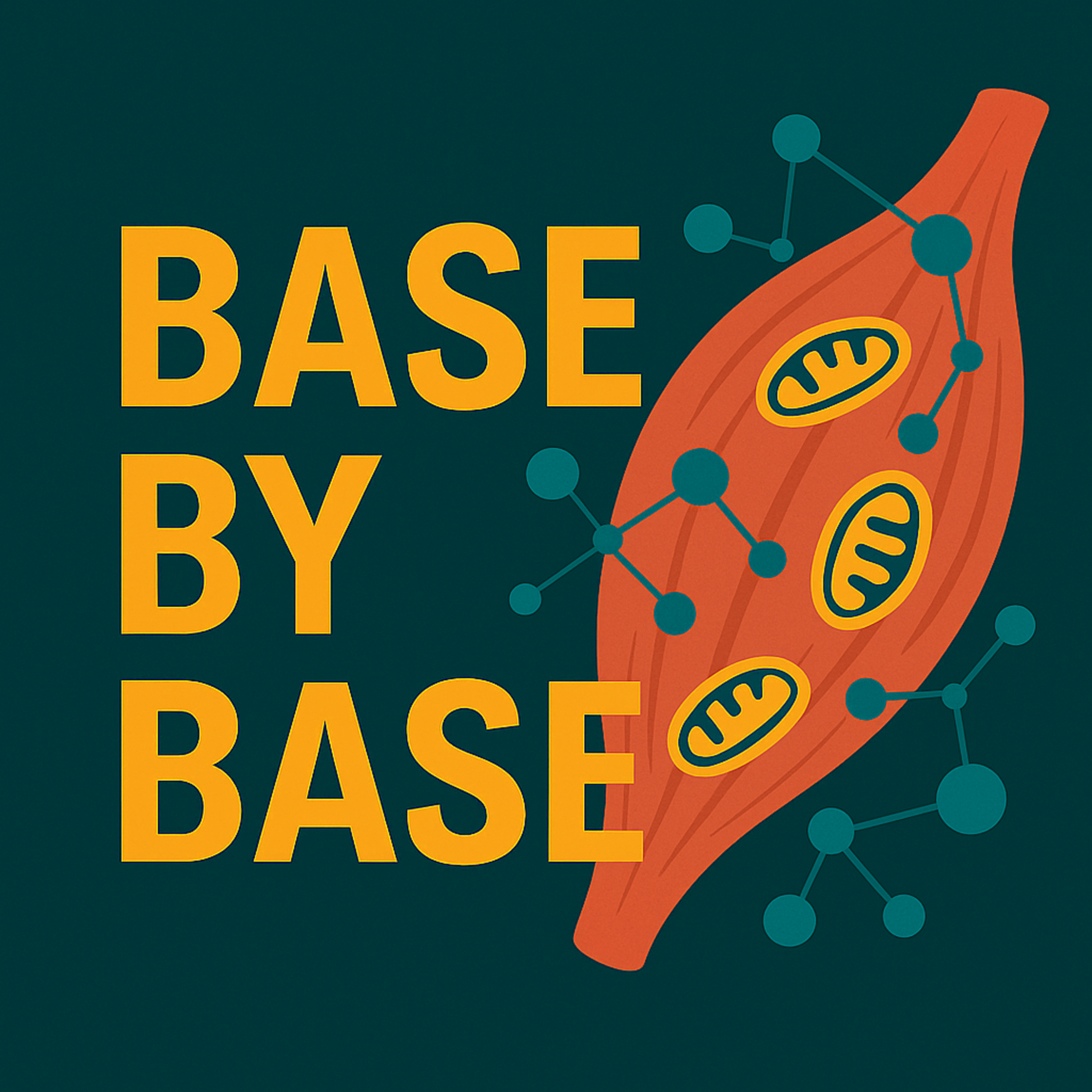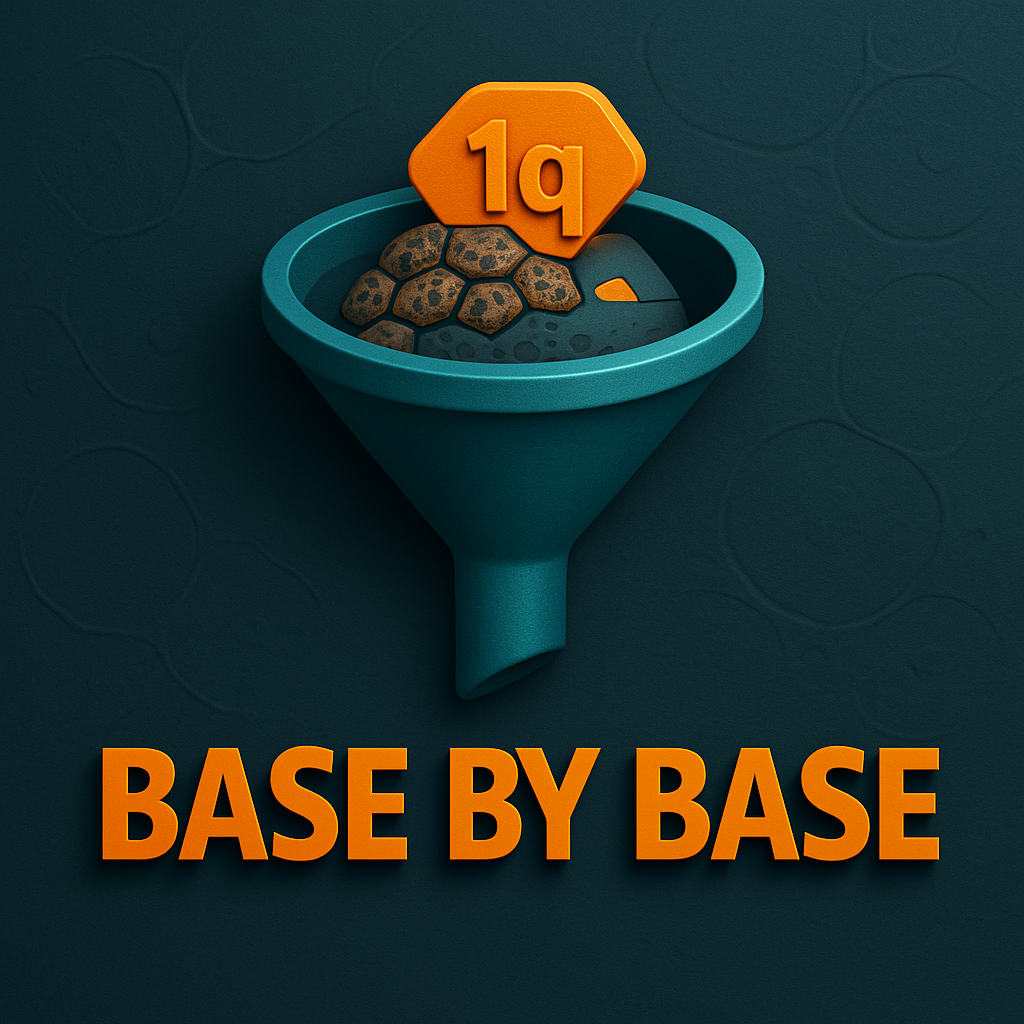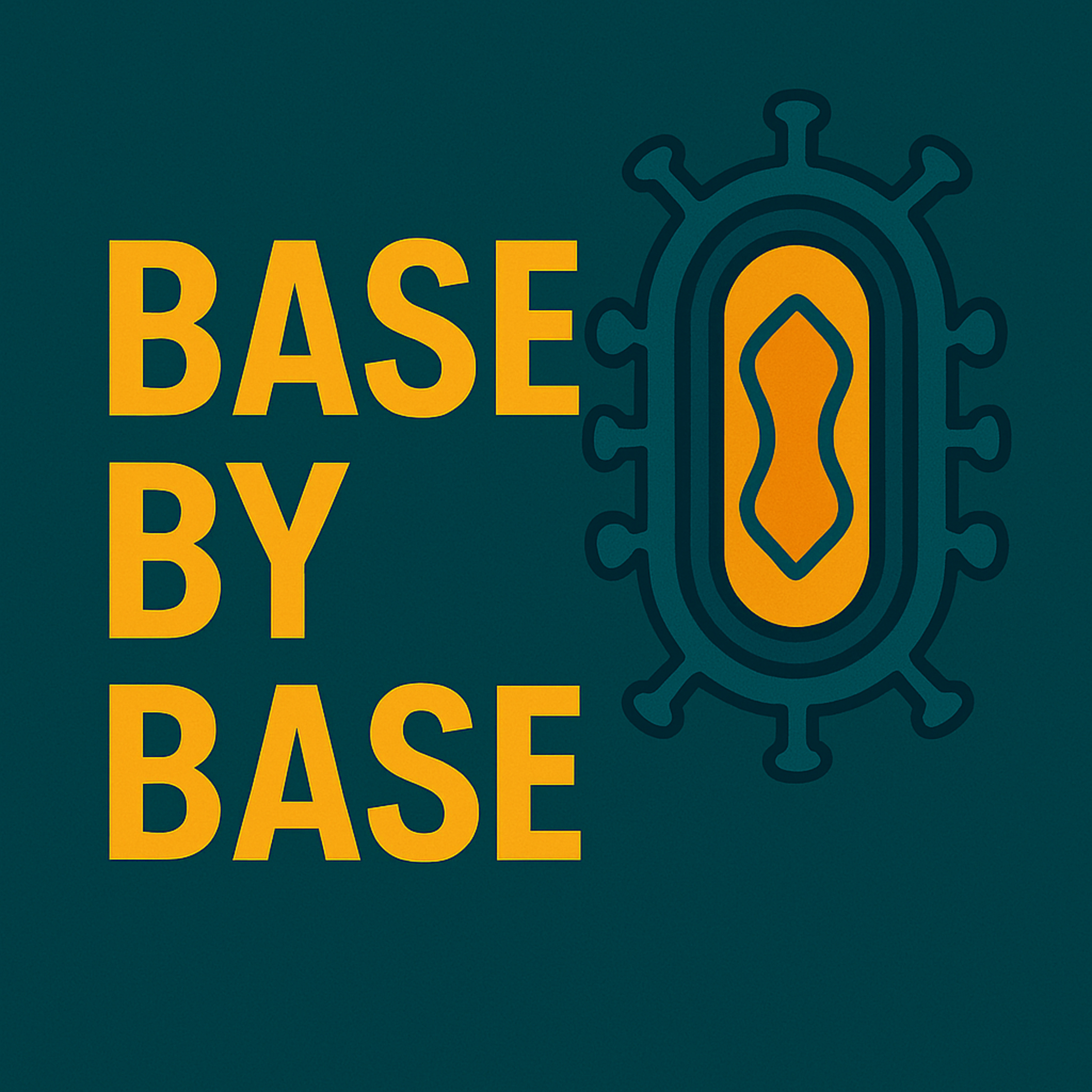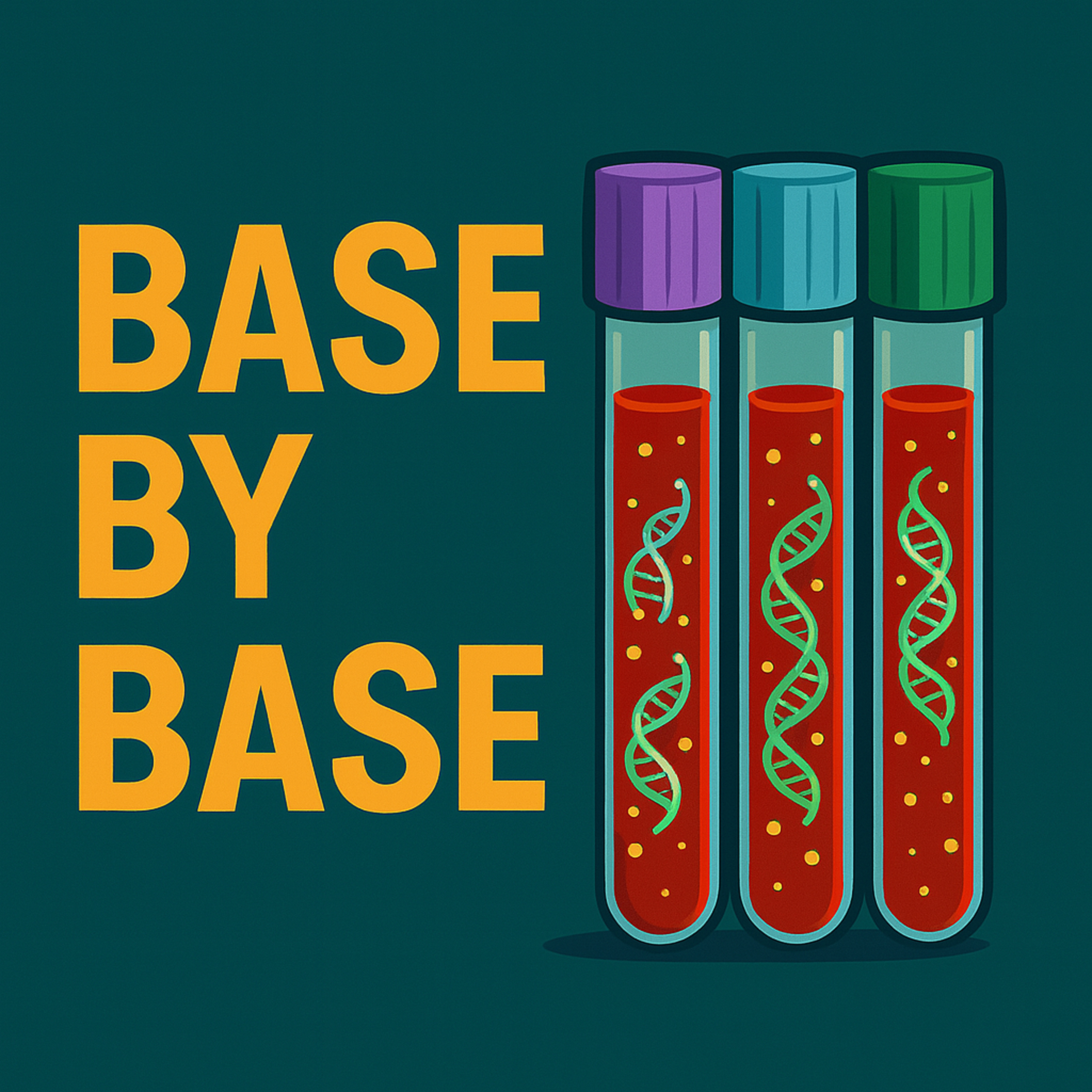Show Notes
️ Episode 43: Personalized Molecular Signatures of Insulin Resistance and Type 2 Diabetes
In this episode of Base by Base, we explore the groundbreaking work by Kjærgaard et al. (2025) in Cell, where cutting-edge proteomics and phosphoproteomics were applied to skeletal muscle biopsies from over 120 participants with normal glucose tolerance or type 2 diabetes. By combining hyperinsulinemic-euglycemic clamps with deep in vivo phenotyping, the study maps fasting and insulin-stimulated protein and phosphoprotein landscapes to uncover how these molecular signatures predict whole-body insulin sensitivity and reveal the signaling pathways that drive or preserve insulin action in human muscle .
Study Highlights: Advanced proteomics analysis reveals molecular signatures of insulin resistance; fasting muscle proteome and phosphoproteome robustly predict whole-body insulin sensitivity; the acute insulin-stimulated phosphoproteome captures selective signaling nodes that remain intact or become dysregulated in insulin-resistant states; and a comprehensive proteome–phosphoproteome atlas uncovers sex-specific differences in muscle metabolism .
Conclusion: Leveraging personalized proteomic profiling alongside precise measures of insulin sensitivity, this work delivers an unprecedented molecular atlas of skeletal muscle in type 2 diabetes. It identifies key candidate targets—such as the human-specific AMPKγ3 S65 phosphorylation site regulated by MAPKAPK2—as well as demonstrates that distinct branches of insulin signaling are differentially affected by insulin resistance. These insights lay the foundation for tailored therapeutic strategies aimed at specific molecular nodes within skeletal muscle .
Reference: Kjærgaard, J., Stocks, B., Henderson, J., et al. (2025). Personalized molecular signatures of insulin resistance and type 2 diabetes. Cell, 188, 1–17. https://doi.org/10.1016/j.cell.2025.05.005
License: This episode is based on an open access article published under the Creative Commons Attribution 4.0 International license (CC BY 4.0) – http://creativecommons.org/licenses/by/4.0/
